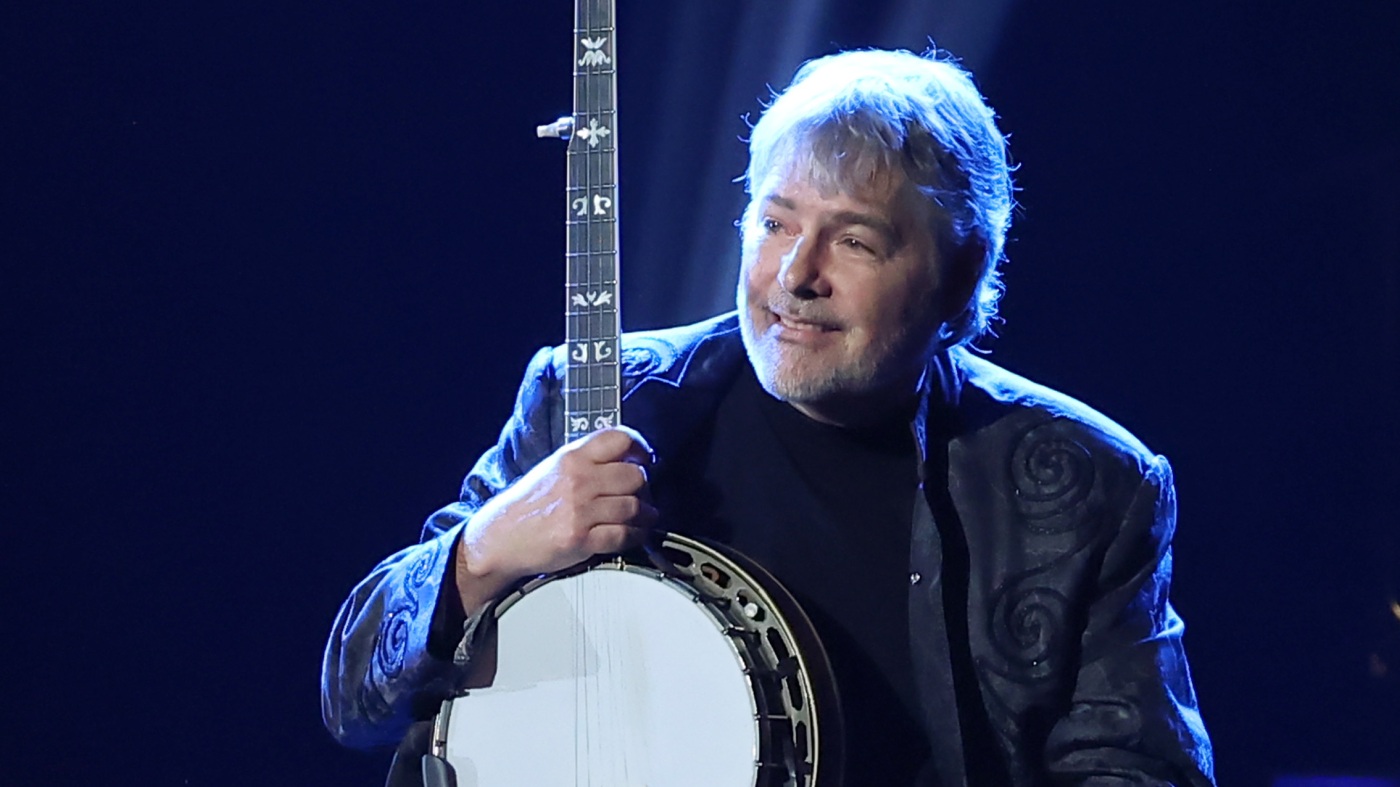Blog
-
‘Kpop Demon Hunters’: Meet the man behind the film’s chart-topping soundtrack
The animated film “KPop Demon Hunters” is up for three Golden Globe Awards on Sunday.
The nominations include Best Motion Picture Animated, Cinema and Box Office Achievement, and Best Original Song for…
Continue Reading
-

Béla Fleck cancels Kennedy Center appearance, says it’s become ‘charged and political’ : NPR
Celebrated banjo player Béla Fleck, performing at the 67th Annual GRAMMY Awards Premiere Ceremony in Los Angeles in Feb….
Continue Reading
-
January is Cervical Cancer Awareness Month – Florida Department of Health in Pinellas County (.gov)
- January is Cervical Cancer Awareness Month Florida Department of Health in Pinellas County (.gov)
- A woman dies from cervical cancer every two minutes, UN says UN News
- Health Department News Morgan County Herald
- At The Wright Center: Screenings…
Continue Reading
-
Economist Tyler Cowen on the positive side of AI negativity
Economist and public thinker Tyler Cowen joins host Molly Wood to explore why AI adoption is so challenging for many employees, organizations, and educational institutions. As he puts it,”This may sound counterintuitive, but under a lot of…
Continue Reading
-
Upcoming Public Health Mobile Unit immunization and testing clinics
Wednesday, Jan. 7, 2026
The Public Health Mobile Unit (PHMU) supports access to immunization and testing in Nova Scotia. To help ensure local access to these important services, PHMU will be holding clinics in communities across the…
Continue Reading
-

UN rights chief says Israeli policy in West Bank ‘resembles apartheid system’
Shaimaa Khalil,Jerusalemand
David Gritten
 Reuters
ReutersThe UN report says Palestinians in the West Bank face “systemic discrimination” by Israeli authorities The UN human rights office has issued a report detailing what it calls Israel’s “systemic…
Continue Reading
-
County Library Releases Top Ten Checkout Lists for 2025 – San Diego County News Center
- County Library Releases Top Ten Checkout Lists for 2025 San Diego County News Center
- Genre fiction and female authors top U.S. libraries’ most-borrowed lists in 2025 NPR
- What were the most checked-out library books in 2025? Milwaukee Journal…
Continue Reading
-

Wolverines to Open 50th Season at Sprouts Farmers Market Collegiate Quad
ANN ARBOR, Mich. –- The University of Michigan women’s gymnastics team (0-0) opens its 50th season on Saturday (Jan. 10) at the Sprouts Farmers Market Collegiate Quad at the Maverik Center in Salt Lake City, Utah. The Wolverines will compete…
Continue Reading
